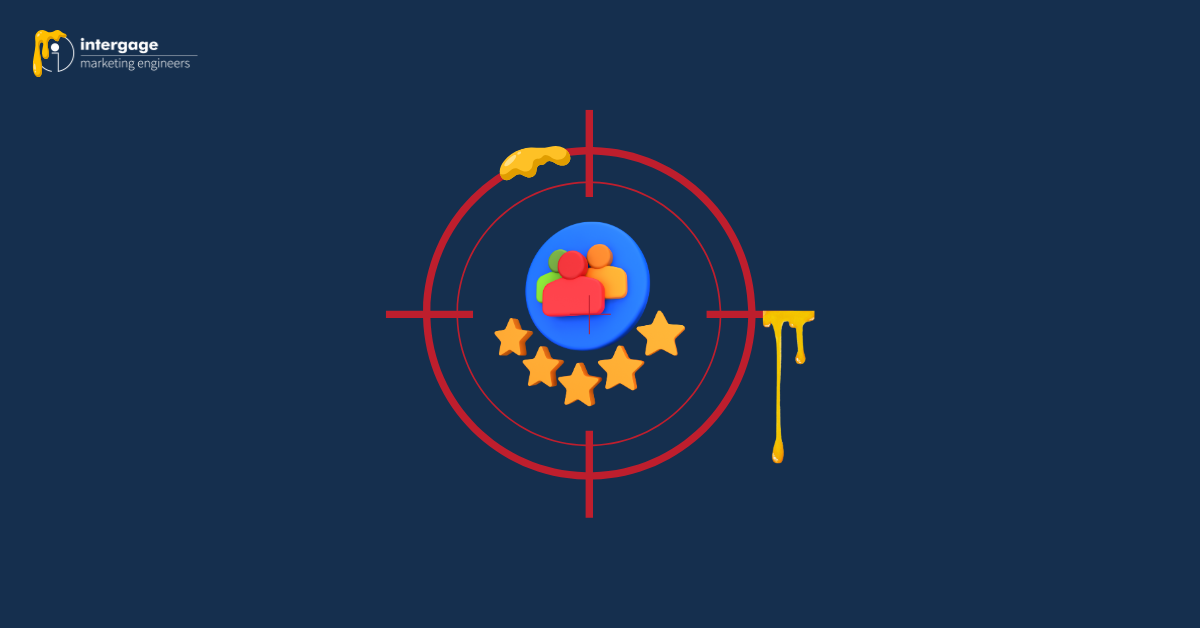The A1-C3 grid method ranks customers based on two factors.
- Happiness (A, B, C) reflects the relationship you enjoy with those customers where A is the best it can be while C means the relationship is painful.
- Spending (1, 2, 3) shows their actual or potential financial contribution. Each business is different so you will need to define the parameters of the spend.
How it Helps with ICP Identification
By analysing where your most satisfied and high-spending customers fall on the grid (e.g., A1, A2, B1), you can spot patterns in these segments to define your Ideal Client Profile (ICP). These clients typically provide the highest value through loyalty and revenue, so your ICP can be modelled around their shared traits (e.g., industry, size, needs).
How it Helps with Resource Allocation
The grid helps prioritise support efforts. For instance, C1 customers (unhappy but high spenders) require immediate attention to prevent churn, while A3 clients (happy but low spenders) can be nurtured as brand advocates using a low-touch, self-service, low-cost model. This ensures you allocate your resources efficiently, keeping valuable customers happy and reducing the risk of churn. This is a key feature of own concept of Fried Egg Marketing.

Grid Dimensions
Happiness (A, B, C):
A: Highly satisfied customers. They are very happy with your product or service, likely to be loyal, and might even advocate for your brand.
B: Moderately satisfied customers. They are generally happy but may have some reservations or issues.
C: Less satisfied customers. They are not very happy and might be at risk of leaving for a competitor.
Ability to Spend (1, 2, 3)
1: High spenders. These customers have a significant budget or potential to spend a lot on your product or service.
2: Moderate spenders. These customers have a decent budget and can contribute reasonably to your revenue.
3: Low spenders. These customers have a limited budget and contribute less to your revenue.
Grid Matrix (A1 - C3)
A1: Highly satisfied, high spenders. These are your best customers. They are happy with your product and spend a lot. They should be prioritized for retention and considered for loyalty programs or special offers.
A2: Highly satisfied, moderate spenders. These customers are happy but have a moderate budget. They can be nurtured to increase their spending over time.
A3: Highly satisfied, low spenders. While they love your product, their ability to spend is limited. They can be leveraged for word-of-mouth marketing and testimonials.
B1: Moderately satisfied, high spenders. These customers spend a lot but have some reservations. Addressing their concerns could elevate them to A1.
B2: Moderately satisfied, moderate spenders. They are somewhat happy and spend a moderate amount. With proper attention, they can move towards A1 or A2.
B3: Moderately satisfied, low spenders. These customers have limited budgets and some reservations. Improving their satisfaction might increase their loyalty and spending.
C1: Less satisfied, high spenders. These customers spend a lot but are unhappy. They are at high risk of churn and should be a top priority for customer service and problem resolution.
C2: Less satisfied, moderate spenders. These customers have some spending power but are not happy. Improving their experience can prevent churn and possibly increase their spending.
C3: Less satisfied, low spenders. These are your least valuable customers in terms of both satisfaction and spending. They might require significant effort to improve satisfaction, and the return on investment might be low.
Learn more about how to put this concept into practice using Fried Egg Marketing by attending our webinar.





